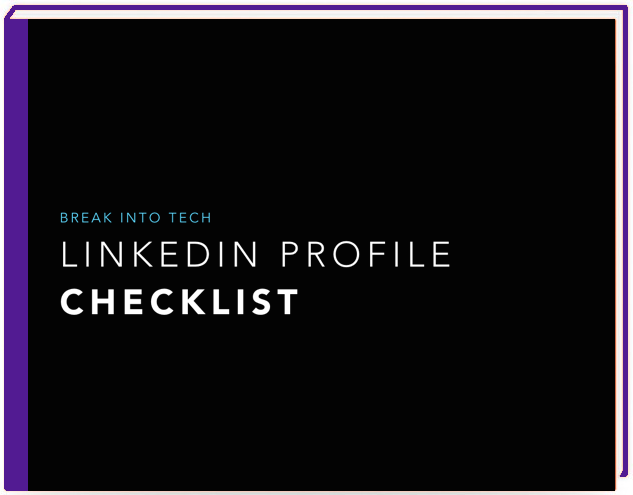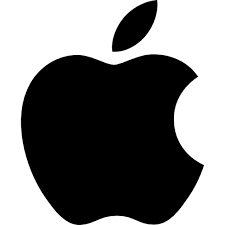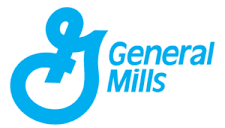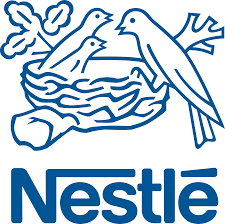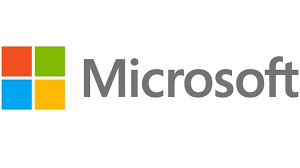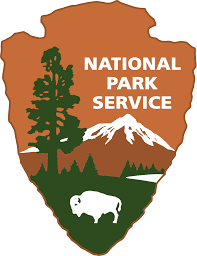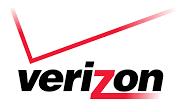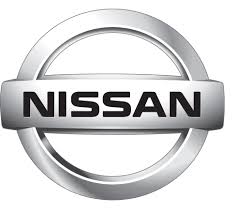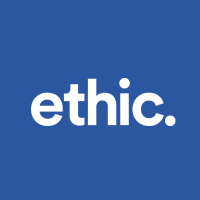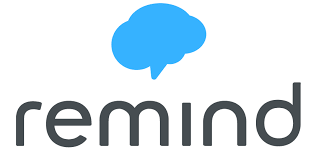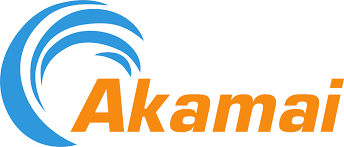Here’s just a sampling of the questions I get about LinkedIn on a regular basis:
"How many recommendations do I need to have?"
"Do I have to buy a Premium account?"
"What should I do if my mom endorsed me for Zoology???"
And believe me, I get it.
After all, LinkedIn is simultaneously ubiquitous (can you remember the last time you checked your inbox and didn't have a message from them?) and opaque. Because unlike other social media sites where the whole point is obvious (Facebook -> like stuff; Pinterest -> pin stuff), LinkedIn has a lot going on and none of it is necessarily self-evident.
So, as someone whose job was to explain LinkedIn to millions of people around the world, let me break it down for you. And rather than cover every last little feature, I’m going to focus on the only four questions that actually matter to job-seekers.
Question 1: Do you need a LinkedIn profile?
In a word, yes. Here’s why:
Notorious bank robber Willie Sutton was once asked why he robbed banks. His answer?
“Because that’s where the money is.”
Now, if you’re a job-seeker, recruiters are your “money.” They’re the gate-keepers, the guardians of the job castle. Without them, you’re stuck outside in the moat.
And just guess where the recruiters are.
That’s right. LinkedIn.
Because if you’re a recruiter today, you’ve got two choices:
1) Do things the old-fashioned way. Post your job on 27 different sites and get hundreds of totally random, unqualified applicants. Then spend weeks sorting through the rubble to find just a handful of potential diamonds.
OR
2) Go to LinkedIn. Search all the professionals in the world with one click and contact the 20 who are perfect for your job. Then go to lunch.
Easy choice, right?
Same for you - don’t overthink it.
The bottom line: Be like Willie and go where the money is.
Question 2: OK, I got a profile. How do I get recruiters to find me?
It’s true, just having a LinkedIn profile isn’t enough. Because LinkedIn’s scale giveth and LinkedIn's scale taketh away.
Yes, 400+ million professionals is catnip for recruiters. But it’s also a ton of competition for you.
So if you want to get found, you’ve got to understand how LinkedIn’s search algorithm works. There are two main components:
Keywords
Do you actually have the words (e.g., “Product Marketing,” “SEO”) on your profile that the recruiter is searching for?Network
How closely connected are you to the recruiter? All else being equal, LinkedIn will rank you higher if you know someone in common (i.e., you’re "2nd-degree connections") than if you’re distantly connected.
This means that there are three steps to getting found:
1) Research keywords
Scan your target job descriptions for words that are specific to the job (e.g., a recruiter is much more likely to search for “e-commerce” than “leadership”). Here’s an example of how to break down a job description into the words that matter.
2) Plug the keywords into your profile
While you can and should include the keywords all over your profile (Experience, Skills, Projects, etc.), the most important sections are your Headline and Summary. That’s because these sections are limited to a certain number of characters - and hence, less easy to game. So LinkedIn’s algorithm treats this real estate as more valuable in its search results.
3) Grow your network
No, you don’t have to start schmoozing at all sorts of shady cocktail hours. Instead, just make sure that your existing network (friends, family, former bosses, colleagues, mentors, coaches, etc.) are all connected to you on LinkedIn. And the easiest way to do that is to import your address book.
PS: Don’t sweat it if you aren't super close with everyone you import. These “weak ties” are actually more helpful to your search because sociological research has shown that they have access to different opportunities than people who are part of your close-knit circle.
The bottom line: Play the keyword + connections game right and you’ll start appearing in recruiters’ searches, pronto.
Question 3: Wait a second. Just because I show up in a recruiter’s search doesn’t mean he/she is going to pick me!
First of all, that's not a question. But second, I’m glad you caught that. Because even if you’ve gone from 1 in 400 million professionals to 1 in 100 search results, the recruiter is still only going to contact a small portion of that pool.
So how do you make sure that they choose you?
To find out, let's turn our attention to the human component of the LinkedIn search process. Because even though a fancy algorithm controls the search result, a human brain controls your personal result.
Which means that you need to put yourself in the shoes of the recruiter and think like they do. And once you do, you’ll realize that only a couple of things matter:
1) Your photo
Real Smile Alert: Notice the crinkling around the eyes!
When eye-tracking studies are done on the web, humans prefer to look at faces over just about anything else. And in particular, we like smiling faces - even from the moment we’re born.
But we also strongly prefer real smiles. Which makes sense given that evolution has trained us to tell whether someone is lying by looking at their facial gestures. So ditch the forced smile from your school photos and catch the recruiter’s attention with a genuine one that says, “I would be a great colleague to work with!”
2) Your headline
As mentioned earlier, recruiters would rather not waste time trying to figure out whether you’re qualified or not. So the best way to put their minds at ease is to immediately signal to them that you can do the job.
And since the headline is the next thing they see after your photo and name, make sure that your headline includes your desired job title, as well as your keywords (e.g., “Product Manager with e-Commerce Expertise”). Because if you want to find someone who can be a Product Manager, would you rather go with “Product Manager” or “Grad Student at the University of X” (which is the default headline for students)? Exactly.
3) Your summary
So we know that humans like faces and certainty. But they also love stories. In fact, our species’ earliest artwork was focused on capturing and sharing stories. And so the Summary section is your best chance to tell your own story. Which you can do effectively by focusing on the things that make a great story - passion, anecdotes, and a clear point.
The bottom line: Focusing on human elements - faces, certainty, + stories - get recruiters to not just find you, but actually pick you.
Question 4: OK, so now I’ve got recruiters reaching out to me. Is there any way I can reach them?
Absolutely. LinkedIn not only gives recruiters access to millions of professionals, but it also gives those professionals access to thousands of recruiters.
And there are two ways to reach them:
1) Directly
To find the right recruiter at your chosen company, just go to Advanced Search and enter the company’s name in the Company field and “Recruiter” in the Title box. If there are too many results, you can modify the search with keywords relevant to the team you want to join (e.g., Marketing, Sales).
And then, when you want to contact them, you can either pay for a LinkedIn Premium membership (to send InMails) or you can do a little legwork on your own:
Go to Email Hunter
Enter the company’s domain (e.g., linkedin.com)
Find their preferred email format (e.g., {firstinitial}{lastname}@linkedin.com)
Apply it to the recruiter’s name (e.g., jdoe@linkedin.com)
2) Via Referral
But what if you don’t get any response to your email? After all, recruiters are busy folks.
But no matter how busy they are, they’ll always have time for their colleagues. It’s not just a matter of professional courtesy; it’s good business. That’s because referrals from colleagues are often the best source of new talent - even superior to LinkedIn in some cases. Indeed, why sort through hundreds of profiles of strangers when you’re handed a great candidate on a silver platter, pre-vetted by someone you trust?
So, to get a referral, do the same search as above. But this time, filter by 2nd-degree connections. Now, you can see just the recruiters who know someone in common with you. And when you click on “X shared connections” underneath their profiles, you can find the exact right person to introduce you.
The bottom line: Don't just wait around for recruiters to find you - ask them to dance or, better yet, have a friend do it!
So there you go - the only four questions you need to ask about LinkedIn, answered.
Now go out there and start robbing banks… err… meeting recruiters. And tell your mom to lay off the Endorsements for a while!
Want to Truly Master LinkedIn?
A former LinkedIn colleague and I just put the finishing touches on the world's only LinkedIn course created by company insiders.
So check it out if you want the techniques that have led to offers at these companies, including:
How to get recruiters to contact you
How to get referrals at any company
How to get insider info before your interview
PS: Want even more LinkedIn goodness?
Check out my new book on the topic - the only one written by a LinkedIn insider.
Plus, if you order and leave a review, I'll throw in a bunch of extra goodies, including a free profile review from yours truly!


